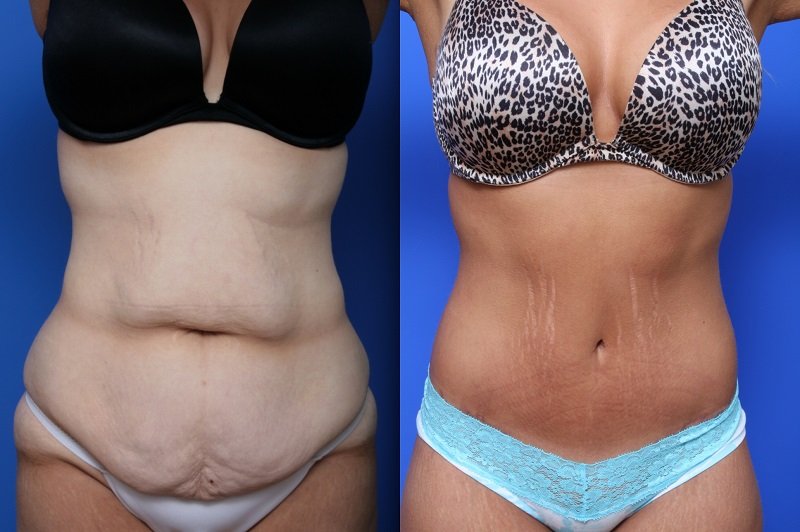A severe bed bug infestation on mattresses and cushions that touch the skin can cause massive skin inflammation. This is not life-threatening but can lead to vigorous scratching, which can lead to scarring. Keeping a healthy skin care regimen is not only about using the right products or eating the right kind food, but it is also about understanding other factors that can affect skin appearance.
 |
| Image Source: webmd.com |
Bed bugs are small wingless insects that feed on blood. Their name is derived from the fact that these bugs prefer nesting in warm tight places in human homes - particularly sofas, bed mattresses, and other soft furnishings. They usually feed on their hosts while they are asleep. Bedbugs usually feed one hour before sunrise as they like the dark. However, they can appear during the daytime if they are extremely hungry.
 |
| Image Source: healthline.com |
The most common sign of an infestation is that one wakes up with a series of bites around the body, especially in exposed areas of the skin. Beds should be checked for bedbugs or bedbug activity. Creases in bed linen or seams should be thoroughly checked. Bedbug eggs will look like small pale seeds. In severe cases, one can find signs of dark brown or reddish fecal spots (bedbug droppings). There will be a coriander-like odor.
Thankfully, bedbug infestations can be prevented. Sheets should be changed regularly, depending on the environment. Dusty, smoky, or generally unclean places command a more thorough inspection and cleaning of linen and furniture. One can also consider encasing both the mattresses and box spring with a cover - much the same way for people with allergies. Take note that these covers also need to be regularly changed.
Keep your skin looking healthy and vibrant with the help of Dr. Kenneth M. Reed. For more information about his practice, like this Facebook page.











